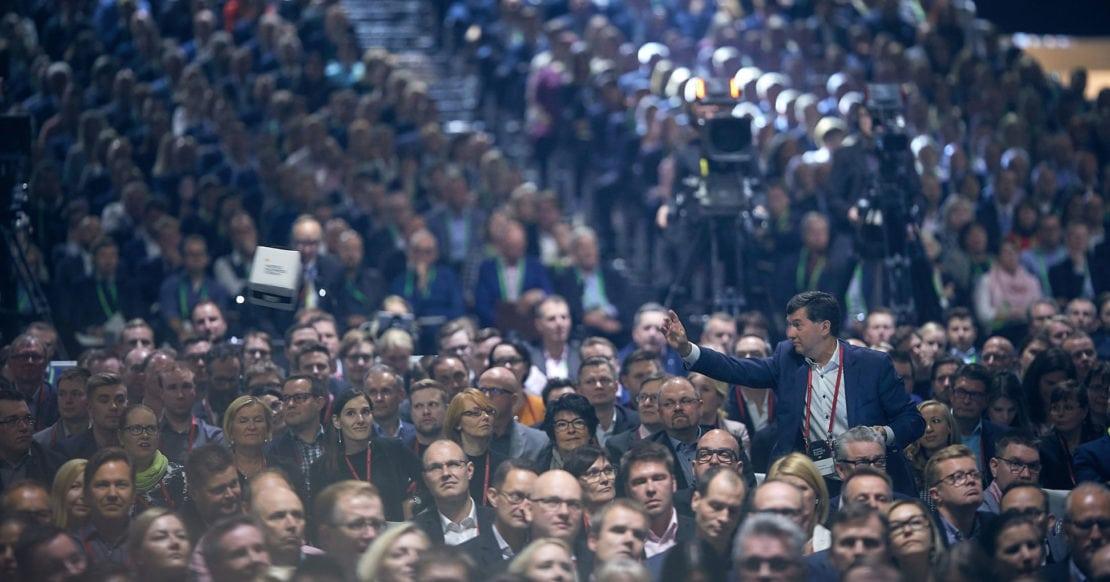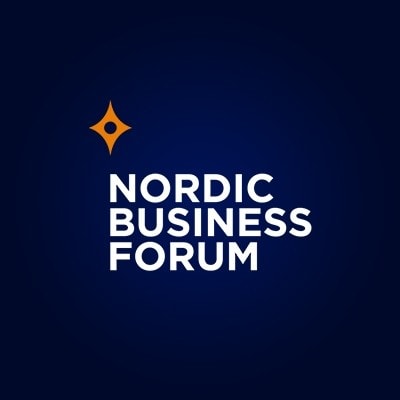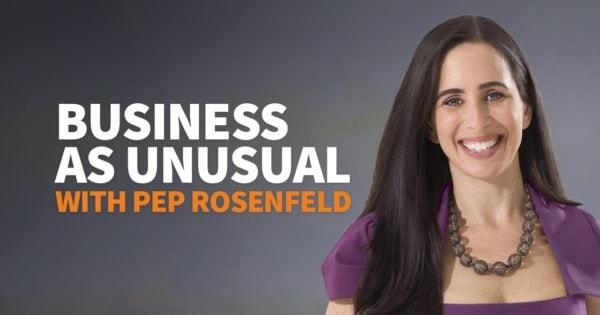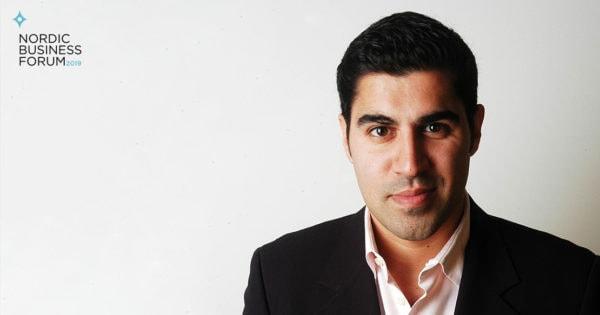13Jun2019
Are you being efficient? Everyone always seems to be looking for ways to be more productive. Perhaps it’s a question of the environment; are your people comfortable enough to do their work without additional stress? Maybe they’re not being paid enough if they’re underperforming – maybe they’re acting out. Or maybe they are under-resourced. We need to get more people in to help manage the workload.
The answer to increased productivity at scale is not a simple solution. If we scale individual-level solutions out to support a large company, things start to look a lot more difficult. Instead of managing one employee or a small team, you’re managing departments and entire information supply chains. So, where do you start making improvements to productivity when you run a multinational corporation?
Enter Juliet Funt, the CEO of WhiteSpace at Work, which is a training and consulting firm that focuses on productivity. She and her team have found that successful organizations navigate these waters by minimizing the number of distractions using large-scale tactics and simplifying when possible. These manifest in the following three steps.
Step 1. Get reorganized
This is a common one in HR conversations – ”time for a reorg” or “check the org chart”. Many companies in the initial phases of trying to be more productive tend to assume that they just need to change things up for their employees, says Juliet. The research that she has done at WhiteSpace points towards companies starting by shuffling people around, moving to different seats around the company. New roles and new responsibilities, or even new environments, are a start. The next potential pitfall is that they may end up creating new silos that don’t actually address the productivity issue. Once they settle on some working form of the restructured company, they move onto the next step.
Step 2. Improving technology
New SAP, new PCs, new CRM, they try to step up the entire technological alphabet soup. And once they have the new software and hardware, they turn to the human aspect to improve productivity. Equipped with new tools, they start exploring lean and six sigma to work on their company’s internal processes. Juliet cautions that, if leaders aren’t vigilant, management can quickly slide back into organizational charts and silos, as in step 1. But getting this foundational and practical work done is an important “brick in the house of efficiency” as Juliet calls it, building bricks one at a time. And this is where most companies usually stop.
Step 3. Change Behaviors
With the building blocks in place, Juliet explains that incredibly few companies remember the mortar between those bricks. What holds all the processes in place is positive, reinforced behavior that is exhibited by all the employees. Are employees able to say no? Can they use impulse control to not interrupt each other? Are they disciplined? Do they have boundaries? Can they begin and end work so they can recuperate on evenings and weekends? This is the focus of what Juliet does at WhiteSpace at Work because so many companies overlook this crucial step to success. This, she claims, is what is the biggest impeding factor for productive workplaces.
So, it’s not just a matter of making sure your employees have enough coffee on tap to keep them working. There are fundamental changes to the working environment that need to be made to help companies be more productive and help individuals stop wasting time.
We recently interviewed Juliet on our Business as Unusual with Pep Rosenfeld podcast, where she discussed these points above as well as how to take the busyness out of business at a personal level. If you’re interested in hearing more about her tips and tricks to be more productive, make sure to have a listen!

 by:
by: 
